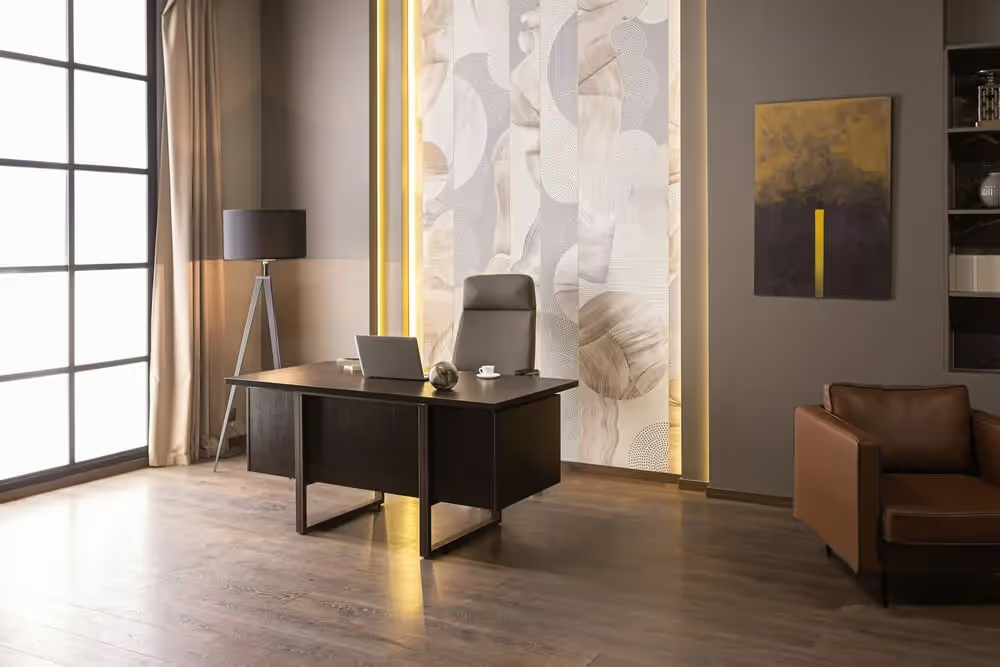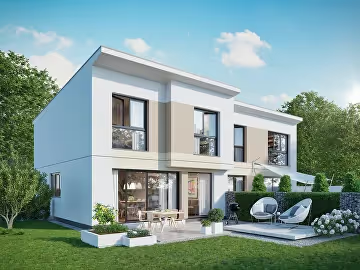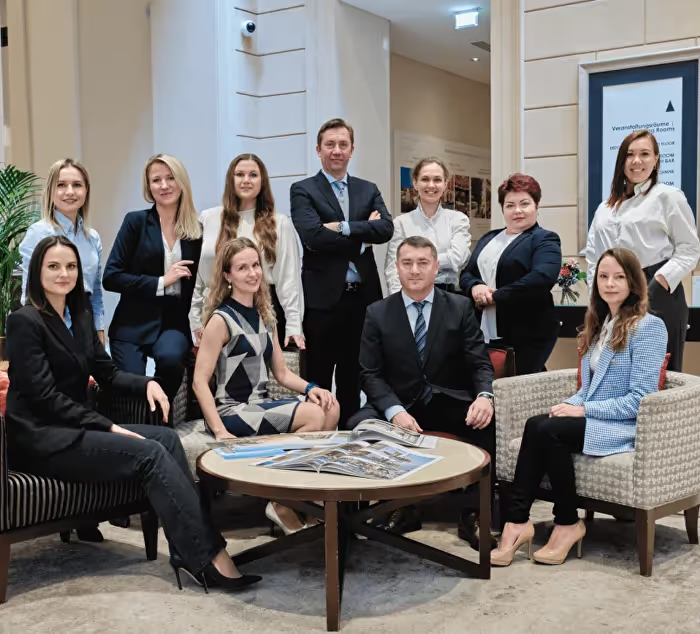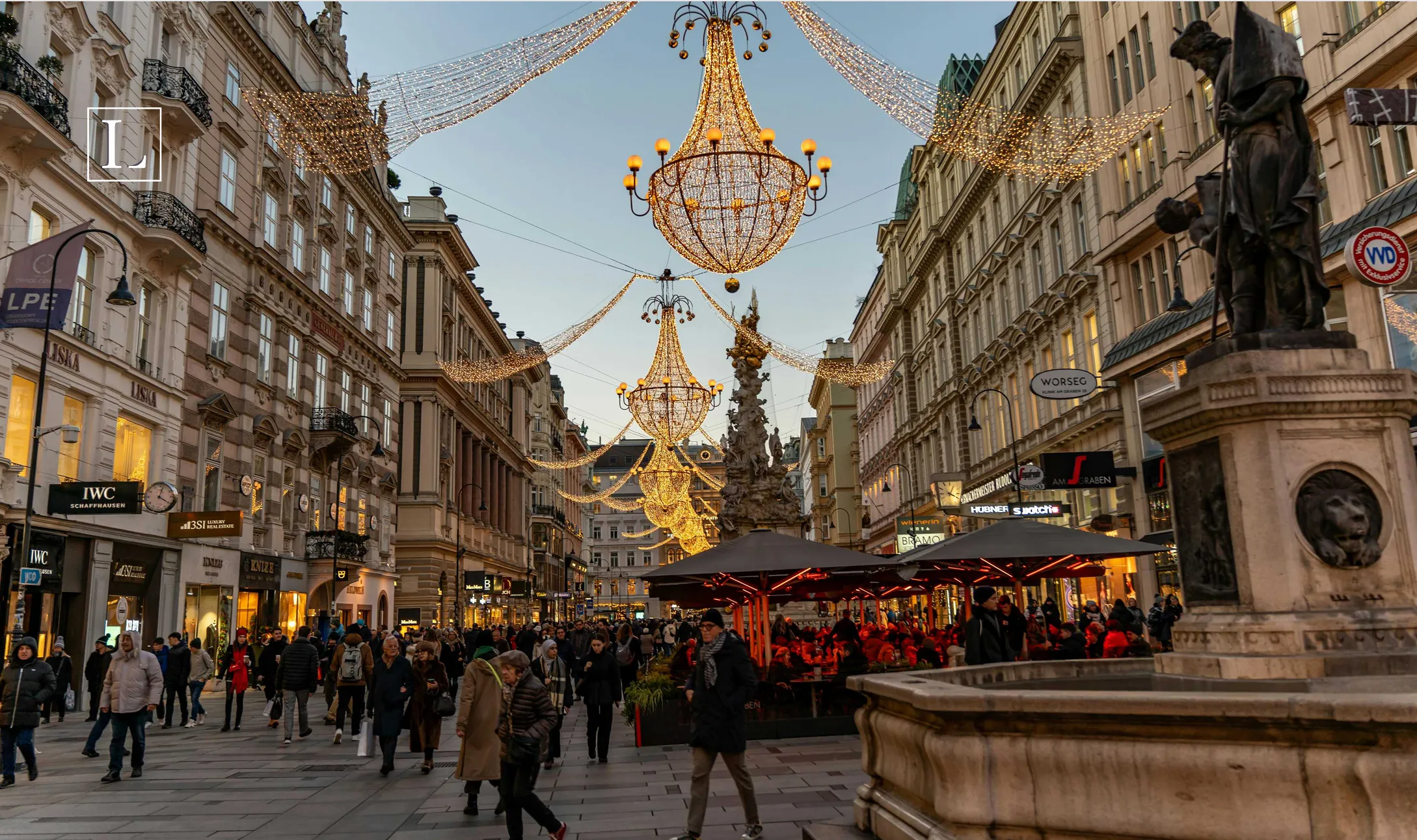Austrian real estate market: trends in 2022 & forecast for 2023
Analysis of the Austrian real estate market for 2022 and price forecast in 2023 — price dynamics in Austrian federal states.

Austria is a developed European country which is home to about 9 million people, with more than 50% of them owning their own residential property. Foreign investors are interested in making a profitable investment in the real estate market of Austria due to the high demand of real estate units among tenants, the prestigious historic buildings and a high level of security. Over the past few years, a systematic increase in the cost of residences in Austria has been seen. In the following article we will consider the key trends in this sphere and make a forecast for the cost of housing in Austria in 2023.
Trends in 2022
The average cost of a residential property in Austria has been steadily increasing since 2020. According to the Austrian Chamber of Commerce, in Q1 2022 alone, prices rose by 12.3% in comparison to the same period last year.
At the same time, single-family homes in suburban areas are becoming more and more popular. The average price of townhouses and villas outside of Vienna increased by 16.1% at the beginning of 2022. The cost of new apartments in Vienna has also increased, but only by 12.8%.

Since 2021, the number of home offices in Austria has grown. Employees were forced to work remotely due to the threat of a pandemic and began to adapt to current conditions.
Instead of apartments in the city center, located within close proximity to offices of large companies and business centers, buyers started choosing spacious houses in comfortable suburb areas boasting developed transportation links.
Are the prices of Austrian real estate units comparable to its actual value? The growth is explained not so much by the increased demand for properties, but by the highest rate of inflation since 1980 and negative real interest rates on bonds.
NB! The annual inflation rate in Austria reached a record high of 8.5%.
PRICE DYNAMICS
The average cost of a single-family home in Austria in 2022 increased by 13% to EUR 347,000 in comparison to 2021. For instance, in Kitzbühel (Tirol), the average price of this type of property has increased to EUR 2,375,000, while the cost of less spacious apartments starts from EUR 500,000.
NB! Burgenland is the federal state with the most affordable real estate units, with the average price of a single-family home currently EUR 192,308.
Due to the high rate of inflation, the rise in the value of different types of real estate in nominal and real terms is different:
- The price of housing in the primary market increased by 14.61% or by 8.29% in real terms.
- Residences on the secondary market rose by 13.3% or 7.04% in real terms.
- Buildings of historical value increased in value by 12.33% (7.75 in real terms), while apartments rose by 14.05%.
Now we will consider property prices in the different federal states of Austria.
Vienna
The greatest demand in the capital over the past year has been seen in the sector of primary real estate in developed areas of the Austrian capital offering an average standard of living. The cost of a single-family home is expected to increase in suburban districts such as Donaustadt (10.1%) and Floridsdorf (9.9%).
The average rental price also rose by 10.5%, while in areas such as Mariahilf, Margareten and Josefstadt, actually decreased.
Lower Austria
High-quality properties within the middle price segment will be the most popular option in Lower Austria. Construction costs are higher here, which has led to a noticeable increase in prices. For instance, in St. Pölten, the cost of a residence with a floor plan area of up to 100 sq. m increased by 38.4%–45.9% throughout the year.
In Neunkirchen, the average cost of a property increased by 24.7% to EUR 954.46 per sq. m. In St. Pölten and its surroundings, the price of apartments with a living area of up to 50 sq. m grew between 8.7% to 8.2%.On the contrary, Scheibbs and Melka saw a slight drop in value. At the same time, rental prices are growing slowly. The largest increase at a level between 5.6%–12.5% is seen in Medling.
Burgenland
A noticeable increase in prices was seen in the segment of apartments with living areas of up to 100 sq. m. This applies to Eisenstadt (18.2% to20.3%), Mattersburg (18.3% to 25.2%) and Neusiedl am See (17.9% to 24.6%). The increase in rental prices is seen in areas offering premium real estate units.
Upper Austria
Apartments and condos in areas such as Gmunden (from 11.7% to 12.2%) and Linz (from 10.1% to 12.2%) show the greatest growth potential. There is also an increase in demand for home offices and single-family homes located in developed residential areas such as Braunau am Inn (19% increase in value), Kirchdorf an der Krems (16%) and Grieskirchen (18%). In the majority of cases, the rise in property prices in Upper Austria is connected with the increase in construction costs.
Styria
A noticeable increase in value at a level of 19.8% has been seen in the premium segment of real estate in Voitsberg and South-East Styria. In terms of affordable housing, those can consider Bruck-Mürzzuschlag, Hartberg-Fürstenfeld and Murau, which are among the most popular options with a rise in prices by 16.6%. On almost all the territory of Styria a slight increase in rent is seen, with the exception of Weiz, where this number decreased by 5.3%.
Salzburg
Due to the increase in rental prices, a moderate growth in costs for new apartments from 2% to 7% is seen. In Tamsweg and Zell am See, prices for residences with a living area of up to 100 sq. m rose by 15% to 16.3%. For example, in the case of Vienna, growth in the cost of housing in Salzburg is limited and is less in comparison to cozy suburbs.
Tyrol
Lahneck and Reutte show a marked increase in the cost of living for new tenants. Purchasing a premium apartment with an area over 100 sq. m in Innsbruck will cost investors from EUR 8,700 per sq. m. The cost of residences in the middle segment with floor plan areas of up to 100 sq. m also increased by 14.8% to EUR 4,209 per sq. m. The increase in prices also affected the most affordable real estate units in Lienz and Reutte, where prices for single-family homes rose by 9.7% to 16% and 3.5% to 21.2%, respectively.
Vorarlberg
The highest rate of growth in value was seen in the sector of apartments in the primary market. These prices, depending on their size and class, grew by 9.7% to 19.9%. Middle-class property in Bregenz was in significant demand, with prices increasing from 7.7% to 21.2%. The cost of premises in the more prestigious districts of Bludenz, Dornbirn and Bregenz increased by 17% to 23.5%. At the same time, the average cost of renting an apartment with an area of up to 50 sq. m fell by 8.4%.
Carinthia
On the territory of this federal state, an almost universal increase in the cost of rent has been seen. For instance, the price of renting an apartment with a living area of up to 50 sq. m in areas such as Hermagor and Spittal an der Drau, increased by 14.5%.
In the city of Villach, the cost of middle-class apartments increased by 4.3% to 14%. In Klagenfurt and Spittal an der Drau, spacious residences with living areas over 100 sq. m, as well as apartments of up to 100 sq. m with a convenient location can be found.
Impact of rising lending rates on Real Estate values
As the year 2022 comes to a close, the average interest rate on mortgage loans in Austria is 2% to 2.2% per year. At the same time, the ROI of local apartments is from 3.5% to 4%. Austria, as well as other EU countries, was acutely aware of the recession in the banking sector. According to data from the credit insurance company Acredia, bankruptcies in the country could rise to 5,000 by the end of 2022.
To reduce the level of outstanding loans, the Austrian government has tightened requirements for creditors. So, in order to get a mortgage, the applicant must make a deposit to the amount of at least 20% of the property value, as well as pay for all related expenses to the transaction. It’s worth noting that the loan term should not exceed 35 years. These measures could lead to the reduction in the number of real estate transactions.
Forecast for 2023
According to the RE/MAX Real Estate Future Index, prices are expected to increase by 7.4% and 8.6% in the medium and budget residential real estate sectors in Austria. Land plots will rise by 10.2%.
Among one of the most significant risks will be a further growth in the credit loaning against the backdrop of tightening the rules for issuing mortgages, which came into force in August 2022. In this case, loan payments can account for up to 40% of net income.
Additionally, due to the rising costs in energy and building materials, a decrease in the pace of construction is expected. This will become the reason why the growth of residential property prices will continue.
How can we help?
If you are thinking about selling or renting out your property in Austria, our experienced real estate agents are ready to help you. Luxury Immobilien GmbH brokers will take care of all documentary and legal issues. You can count on our qualified support, in which we will help you in getting a mortgage, as well as provide quality property management services.
Moreover, our professionals will help you profitably rent/resell your property, or assist in purchasing a promising investment unit in Dubai or Abu Dhabi in the UAE.

Share your contact details, and we will happily assist you in finding your dream property







-p-2000.webp)
.avif)
%20(2).avif)





